Name France II Ordered 1911 Construction started March 1912 Length 127 m | Namesake State of France Laid down March, 1912 Launched 9 November 1912 Beam 17 m Hull material Steel | |
Builder Forges et Chantiers de la Gironde | ||
Instruction of building france ii ship
The France II was a French sailing ship and the second one of that name. She was the second largest commercial merchant sailing ship ever built.
Contents
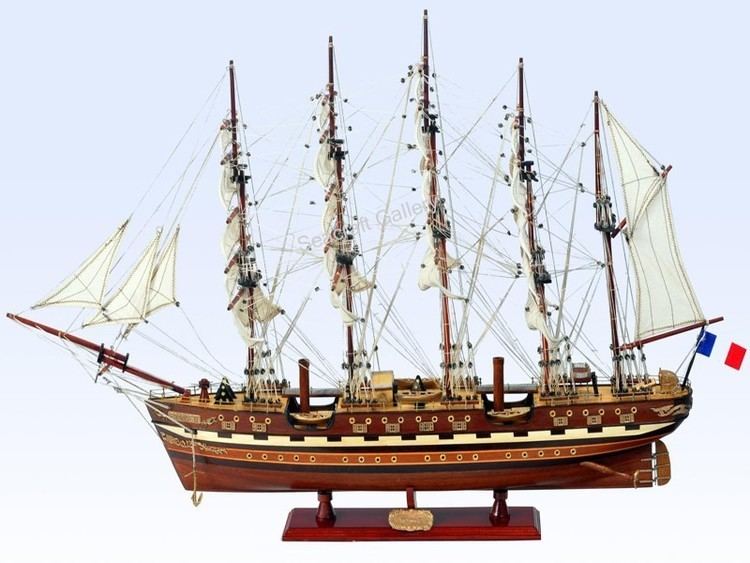
Design
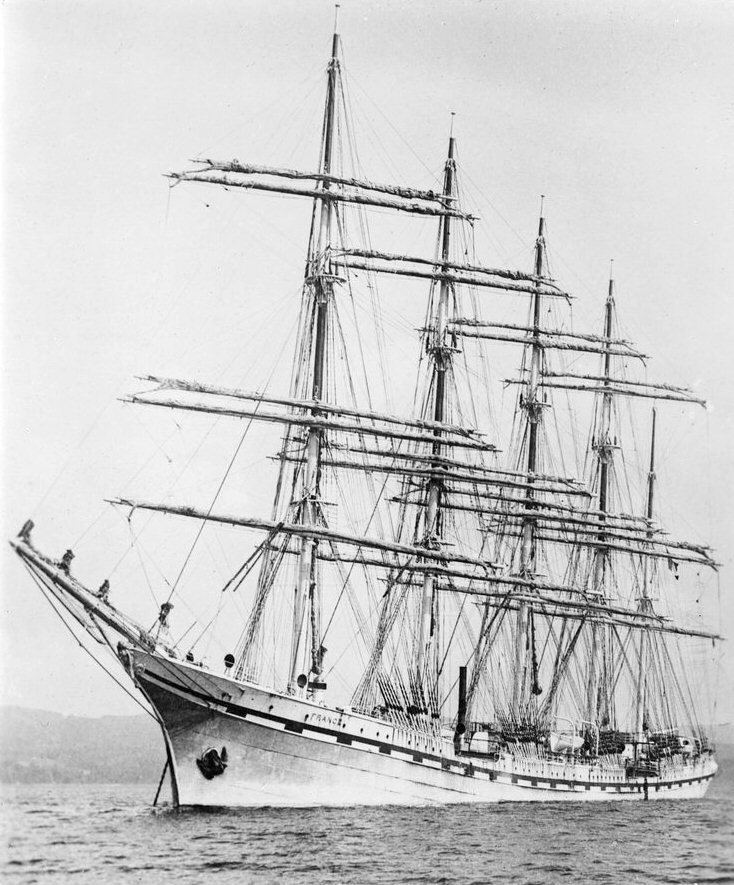
She was an extremely large tall ship of 5,633 GRT and square rigged as a five-masted steel-hulled barque. Her five masts, all yards and the spanker boom were made of steel tubing; lower mast and topmast were made in one piece. She featured a so-called "jubilee rig", also called "bald-headed rig", meaning she was rigged with no royal sails above double top sails and double topgallant sails sails. She had a huge sail area of 6,350 m² [68,350 sq ft]. Her long yards and the less tall masts gave her a rather wide and depressed appearance in comparison to other tall ships of her class. She was 146.5 meters (480.5 ft) long, her displacement was 10,710 metric tonnes (10,541 tons standard (ts)), and she could carry 7,300 tons of cargo.
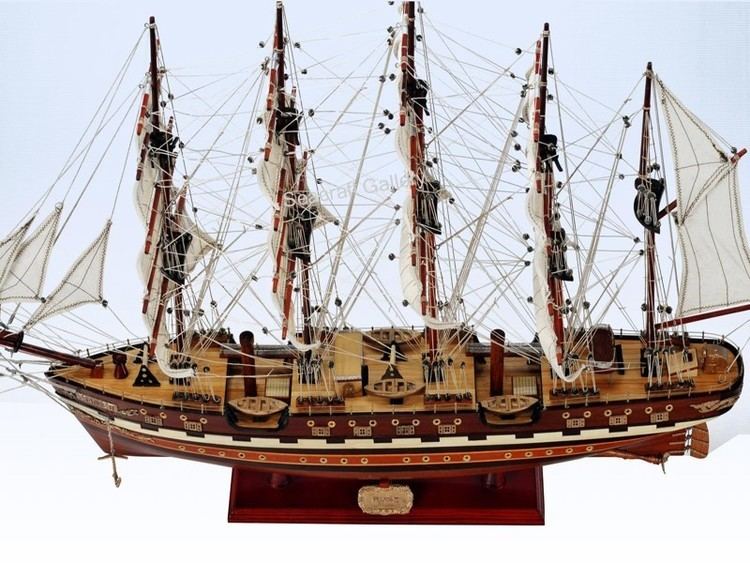
The vessel had some wooden components built in, including wooden deck covering, a beautiful lounge equipped with a piano and precious furniture, seven luxury passenger cabins, a library, a darkroom, and seawater therapy equipment. She could take passengers in luxury accommodation in addition to carrying cargo, making her one of the most elegant sailing cargo carriers.
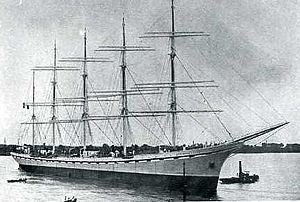
Her deck-line was striking with an extremely long poop deck similar to sail training ships, forecastle, and midship island (three-island-ship) with only two short open upper deck sections, each containing one of her huge loading hatches.
History
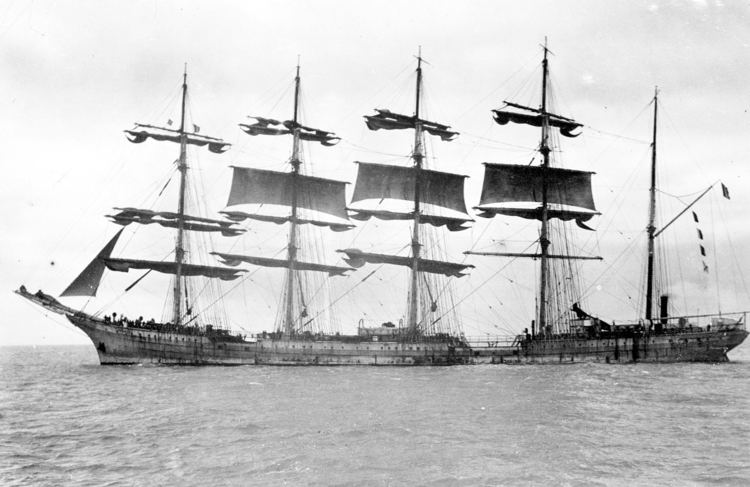
Built in 1911 at the yards ("Chantiers et Ateliers de la Gironde") located on the banks of the river Garonne in Bordeaux to the plans of chief designer Gustave Leverne (1861–1940) for the nickel ore trade and was owned by the "Société Anonyme des Navires Mixtes (Prentout-Leblond, Leroux & Cie.)".
The huge barque was equipped with two Schneider 950 hp diesel engines which were removed in 1919. At that time she became the largest sailing ship ever built. Her crew consisted of 5 officers: captain, 2nd captain (on French ships only (second capitaine); a naval officer of a captain's rank as a vice-captain and security officer, see chief mate), 1st, 2nd, and 3rd mates and 40 able seamen including cook, steward, sailmaker, ship's carpenter, which was increased to 45 in 1919.
In 1915 she was sold to Leroux-Henzey of Rouen and sold again in 1916 to the "Compagnie Française de Marine et de Commerce" ("French Company of Marine and Trade") also of Rouen, her port of registry remained the same.
In the night of July 12, 1922 she went aground on the Teremba reef (Urai bay) north west to the Ouano reef, nearly 60 nm north west of Nouméa, New Caledonia, homeward bound to Europe with a cargo of chrome ore from Pouembout. Because of fallen cargo rates her owner refused to pay to tow her free from the Ouano reef by a tug boat which was absolutely possible. In 1944, American bombers bombed the wreckage for target practice.
In 1995 planning started to raise funds to design and build a replica of the France II but by 2010 very little progress had been made. However, tall ship cruise line "Star Clippers" has since announced they are in the process of building a new ship based on the "France II" for launch in the second half of 2017.
